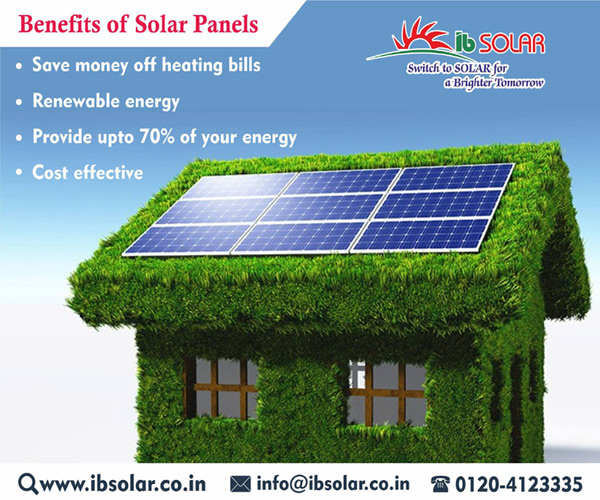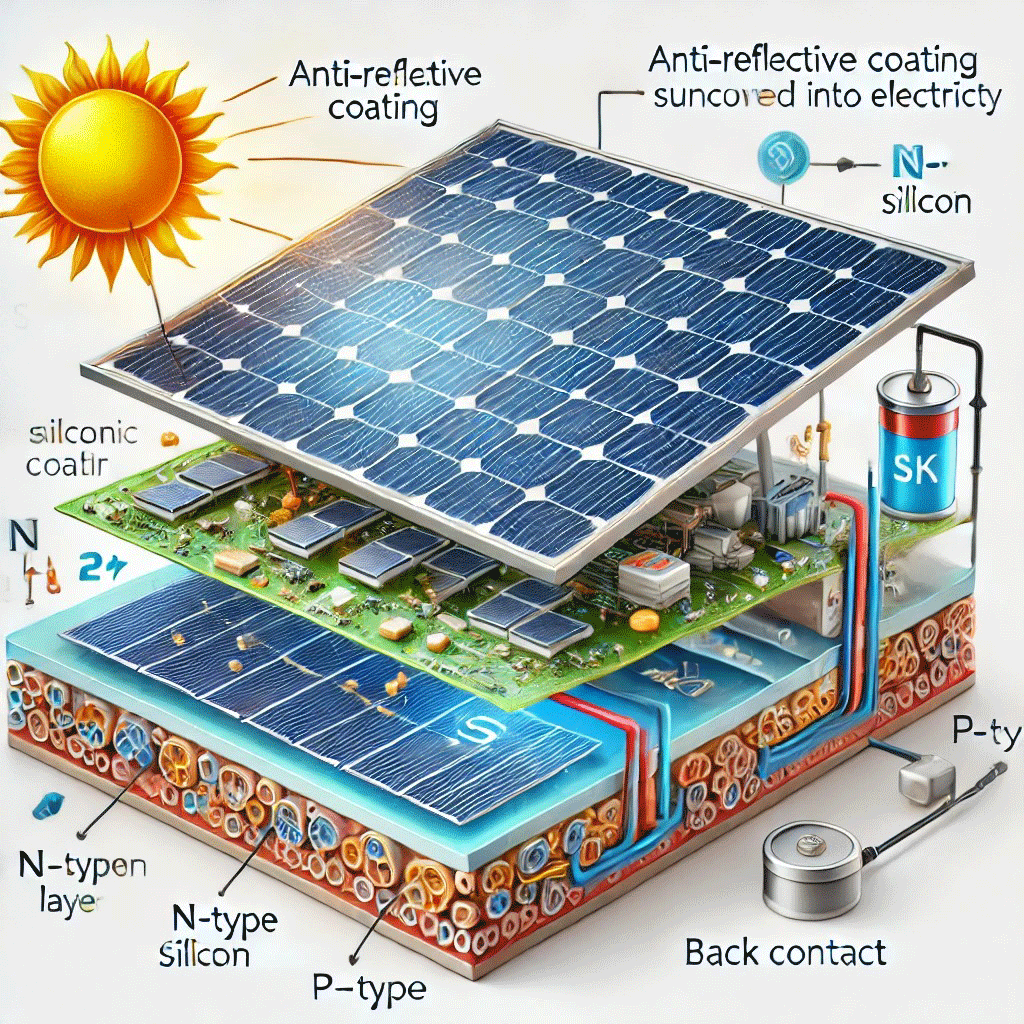Solar Power 101: A Newbie's Guide to Sustainable Power Solutions
As the world increasingly moves towards sustainable energy solutions, comprehending the principles of solar power comes to be crucial for both people and companies. By exploring the benefits of solar innovation, together with the financial motivations and setup procedures, one can gain a clearer point of view on exactly how to effectively integrate this sustainable source right into their power approach.
Recognizing Solar Power
At its core, comprehending solar power includes comprehending the fundamental principles of just how sunlight can be transformed into usable electricity. Solar power is originated from the sun's radiation, which can be harnessed with numerous modern technologies. The main system for this conversion is the photovoltaic result. This sensation occurs when sunshine strikes semiconductor materials, commonly silicon-based, within solar batteries. The power from the sunshine excites electrons in the semiconductor, permitting them to stream freely and create straight existing (DC) electrical energy.

Understanding solar power likewise includes recognizing its ecological advantages. By using sunshine, we can alleviate greenhouse gas exhausts and reduce air pollution, contributing to an extra sustainable future. The innovations in technology and efficiency of planetary systems continue to improve their viability, making solar power a significantly appealing choice for international energy demands.
Kinds Of Solar Power Solutions
Numerous sorts of solar power systems are frequently employed to harness solar power for electrical energy generation. The main categories consist of photovoltaic (PV) systems, concentrating solar energy (CSP) systems, and solar thermal systems.
Solar systems make use of solar panels made up of silicon cells that convert sunlight directly into electrical energy. These systems are flexible and can be mounted on rooftops, ground places, or integrated right into structure products.
Concentrating Solar Power systems, on the various other hand, employ mirrors or lenses to focus sunlight onto a small location, creating heat that drives a steam turbine to generate electrical energy - Simply Solar Illinois. CSP systems are typically released in large power plants and need straight sunshine, making them much less appropriate for over cast areas

Each sort of solar energy system has its one-of-a-kind attributes, applications, and suitability depending upon geographical location, power demands, and spending plan, making it important to review options based upon certain scenarios. - Simply Solar Illinois

Benefits of Solar Energy
Utilizing solar power via different systems not only offers a lasting means to create electrical energy yet likewise offers a plethora of advantages. One of one of the most significant benefits is the reduction in greenhouse gas exhausts, adding to a cleaner setting and combating climate change. Solar energy is sustainable, implying it is endless and offered as long as the sunlight beams, unlike nonrenewable fuel sources, which are finite and depleting.
In addition, solar power additional hints can result in significant price financial savings in time. Property owners and services can minimize their electricity bills substantially, and oftentimes, they may earn debts for excess energy created through net metering. In addition, the solar market develops jobs, from manufacturing to look at this web-site setup, stimulating local economic situations.
One more compelling benefit is power independence. By creating their very own electrical power, people and areas can lower reliance on external energy sources, improving strength versus rising and fall power prices and supply disruptions. Moreover, solar power systems require very little upkeep, making them a convenient alternative for sustainable energy generation.
Setup Process Overview
The installment process for solar energy systems usually involves a number of key steps that make certain reliable integration into a residential or commercial property. Originally, a detailed site evaluation is conducted to examine the roof's alignment, shading, and architectural stability, which are crucial to enhancing solar panel efficiency. Following this evaluation, the design phase starts, where a tailored solar power system is configured based on the homeowner's power demands and preferences.
When the style is completed, the required permits and approvals are obtained from regional authorities, ensuring conformity with regulations. The actual setup entails mounting the photovoltaic panels on the roofing or ground, linking them to an inverter, and integrating the system with the residential property's electric arrangement. This stage might additionally entail setting up battery storage space systems, depending upon the layout.
After installation, a thorough assessment is carried out to validate the system's functionality and safety. The system is commissioned, and homeowners are educated on its procedure and maintenance. With the setup complete, the solar power system can start generating renewable power, adding to sustainability and minimizing energy expenses. This organized strategy guarantees that planetary systems are both efficient and trusted, maximizing their long-term advantages.
Financial Rewards and Cost Savings
Checking out the economic rewards and savings related to solar power systems can dramatically improve the allure of making the button to renewable energy. Different motivations exist at federal, state, and regional degrees, designed to decrease the initial costs related to solar installation. One of the most significant rewards is the federal solar tax credit report, which enables homeowners to subtract a portion of their solar system installment prices from their government tax obligations. Since 2023, this debt stands at 30%, giving site link significant cost savings.
In enhancement to tax obligation credit ratings, several states supply refunds that can additionally lower in advance costs. Some utility companies additionally supply performance-based rewards, rewarding solar energy manufacturing gradually. Funding options, such as solar lendings and leases, permit consumers to mount systems with little to no down settlement, making solar energy a lot more available.

In addition, solar systems can raise residential property values, providing a solid return on financial investment. In general, the combination of rewards and cost savings makes solar power a financially eye-catching selection for several households.
Verdict
In verdict, solar power represents a vital part of lasting power solutions, offering a pathway toward decreased carbon impacts and improved ecological protection. Eventually, the shift to solar energy not just cultivates environmental responsibility yet likewise advertises financial savings and energy freedom.